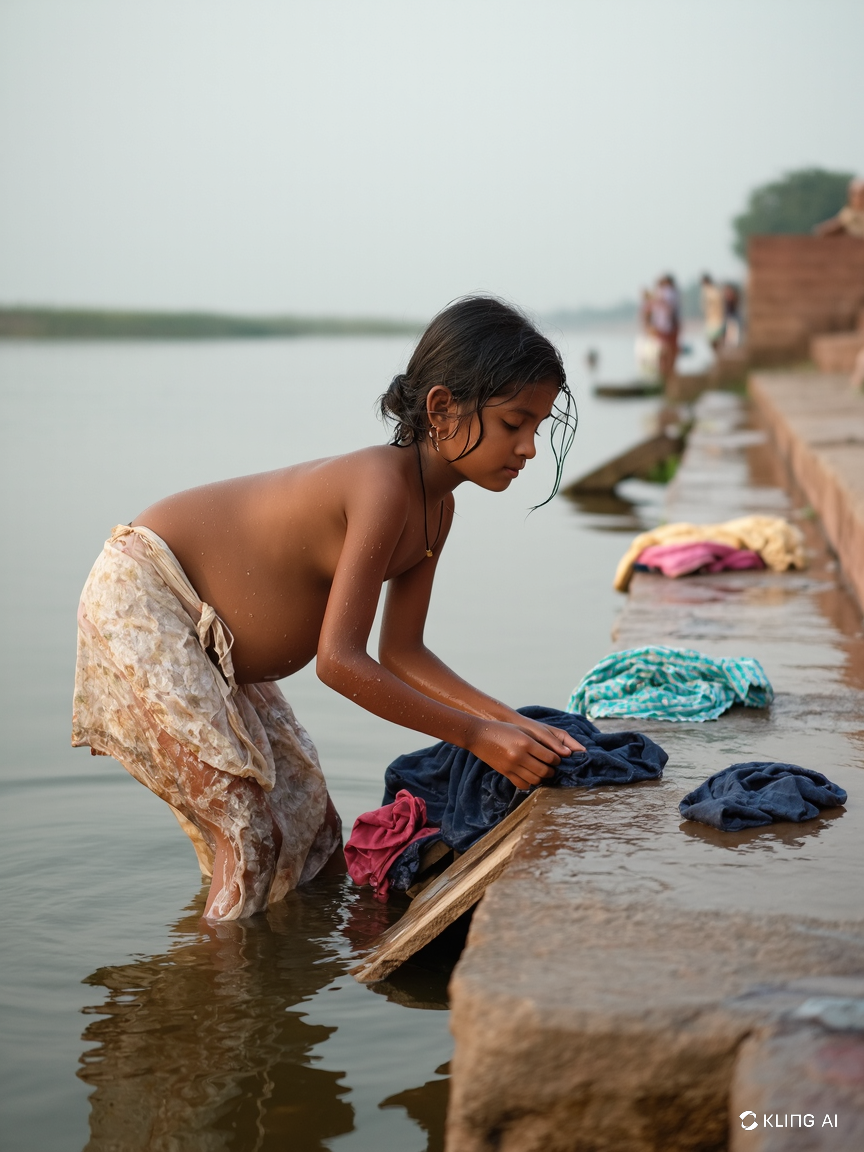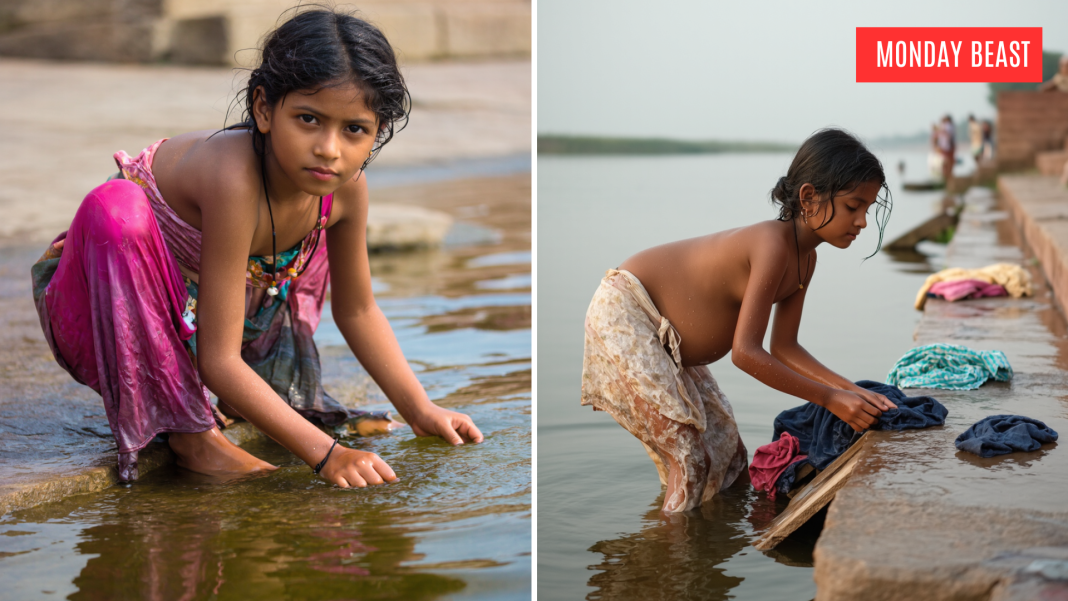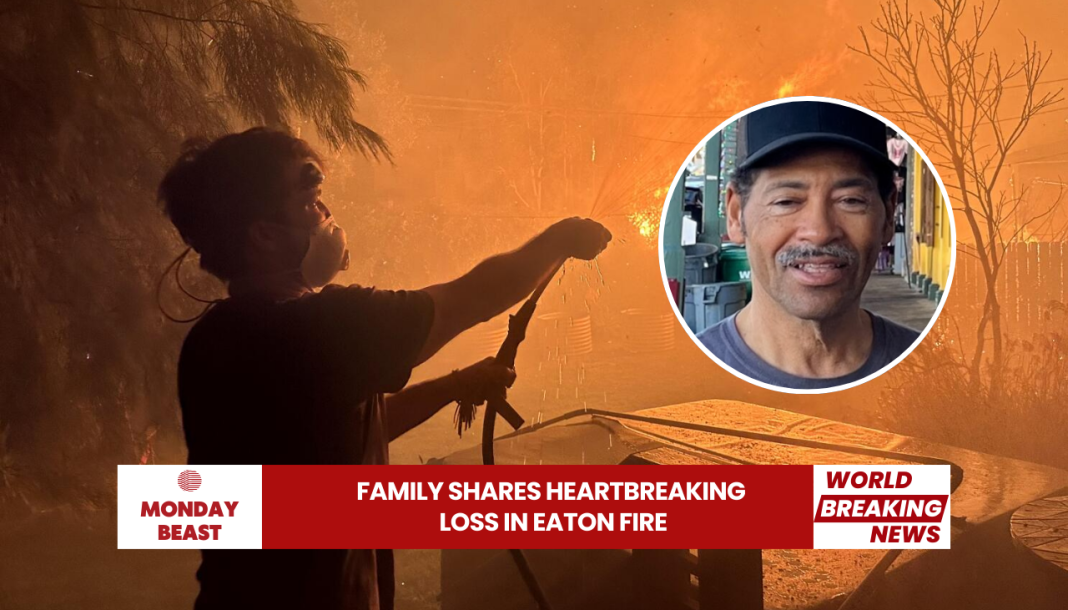Wealth inequality poses a pressing question for many: why do certain societies still struggle with significant divides? In India, the story is partly wrapped up in its ancient caste system. This complex web of tradition deeply influences everything from opportunities to daily life. Understanding its historical context is crucial for grasping its present-day implications.

India’s caste system dates back thousands of years. Rooted in the Vedic period, it established social groups called ‘varna’ and ‘jati.’ The system segregated people into rigid categories based on their occupations. This stratification has shown a remarkable persistence through India’s varied history. Even during the heights of the Mughal Empire, the caste structure evolved but endured.
After colonial rule under the British Raj, hopes for equality emerged. The government legally abolished the caste system in 1948. Yet, did this mark a true turning point? In many ways, it didn’t. The cultural residue of caste still affects social dynamics today. While laws exist to support equality, individuals still face discrimination.

Fast forward to modern-day India, and wealth inequality has reached alarming levels. The COVID-19 pandemic only widened these gaps. The most vulnerable populations, often residing in urban slums, bore the brunt of economic fallout. Jobs evaporated overnight, and the poor faced dire conditions. Wouldn’t it be disheartening to see the poorest suffer while others thrive?
One spark of hope has been the Indian government’s affirmative action policies. Scrutinized and debated, these measures aim to level the playing field. Quotas for education, government jobs, and political representation have reshaped opportunities for many disadvantaged groups. Still, some argue that these policies fall short of addressing the core issue.

But what next? As the nation grapples with this monumental challenge, dialogues must continue. It’s not solely about economic reform; it encompasses social change, awareness, and cooperation from all societal tiers. Addressing wealth inequality is no small feat. It requires not just government action but also responsibility from individuals and communities alike.
In conclusion, wealth inequality is a tangled issue in India, with roots tracing back to an ancient system that shaped much of society. Even decades after attempts to dismantle the caste system, its legacy continues to loom large. The call to action is clear: we must work together for equitable solutions that benefit all segments of society.




